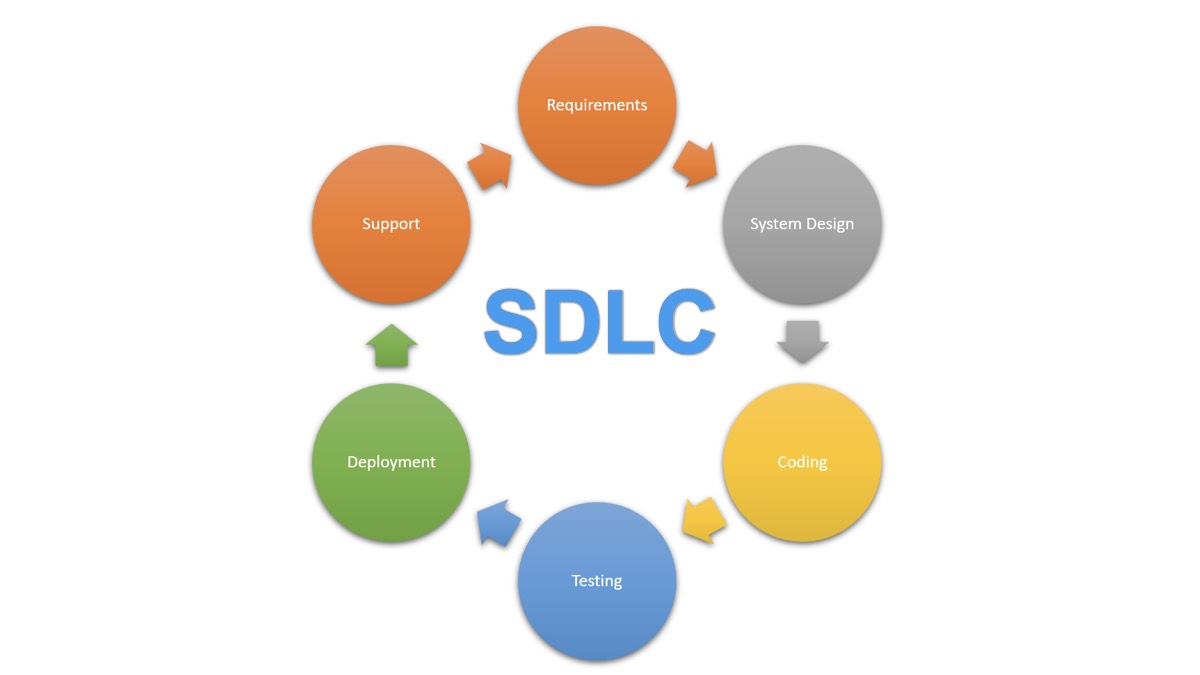Software Development Lifecycle
QA Practices in a Hybrid Model
As a seasoned Quality Assurance (QA) professional, I've witnessed the evolution of software development practices over the years. The SDLC (Software Development Lifecycle) remains at the core of successful software projects, guiding teams through planning, development, testing, deployment, and maintenance. In this week's QA blog, let's delve into the essential phases of the SDLC, explore various methodologies, and discuss how QA practices fit seamlessly into a hybrid model.

What is the SDLC?
The SDLC is a structured process that enables development teams to build high-quality software efficiently. It encompasses several phases, each with specific activities and deliverables:
- Requirements Gathering and Analysis:
- Business analysts collaborate with stakeholders to define and document software requirements.
- QA's role: QA professionals actively participate in requirement reviews, ensuring clarity, completeness, and measurability. We validate that requirements align with quality standards and compliance.
- System Design:
- Software architects translate requirements into a high-level design.
- QA's role: QA experts review design documents, focusing on testability, scalability, and security aspects. We identify potential risks and suggest improvements.
- Coding:
- Developers write code based on the system design.
- QA's role: QA engineers can contribute by reviewing code quality, adherence to coding standards, and identifying potential defects early.
- Testing:
- The software undergoes rigorous testing to uncover bugs and ensure it meets requirements.
- QA's role: QA testers design test cases, execute functional, regression, and performance tests. We collaborate closely with developers to address issues promptly.
- Deployment:
- The software is released to the production environment.
- QA's role: QA participates in smoke testing, ensuring the deployment process is smooth. We verify that the software functions correctly in the live environment.
- Maintenance and Support:
- Ongoing activities include user training, monitoring performance, and fixing defects.
- QA's role: We continue to validate enhancements, monitor performance metrics, and address any post-deployment issues.
SDLC Methodologies
Various SDLC methodologies exist, each with its strengths and weaknesses. Let's explore a few:
- Waterfall Model:
- Sequential approach with distinct phases.
- QA's role: QA teams perform comprehensive testing at each stage, ensuring quality gates are met before progressing.
- Agile Model:
- Iterative and incremental development.
- QA's role: QA actively participates in sprint planning, executes tests during each sprint, and provides continuous feedback.
- Spiral Model:
- Combines iterative development with risk analysis.
- QA's role: QA assesses risks, validates prototypes, and ensures risk mitigation strategies are effective.
- Hybrid Model:
- A pragmatic blend of waterfall and agile approaches.
- QA's role: In the hybrid model, QA practices adapt to the specific phase. During the initial requirements and design phase, QA focuses on risk analysis and validation. As the project transitions to agile sprints, QA actively participates in testing and deployment.
QA Practices in a Hybrid Model
In a hybrid model, QA professionals play a pivotal role:
- Requirements Phase:
- QA ensures that requirements are clear, testable, and aligned with quality standards.
- Risk analysis helps prioritize testing efforts.
- Design Phase:
- QA reviews design documents, emphasizing testability and security.
- Early identification of potential issues prevents rework.
- Agile Sprints:
- QA participates in sprint planning, executes functional and regression tests, and collaborates with developers.
- Continuous feedback ensures quality throughout.
- Deployment and Maintenance:
- QA verifies successful deployment and monitors post-release performance.
- Ongoing testing maintains software quality.
Conclusion
The SDLC, combined with the right methodology, empowers development teams to create exceptional software. In a hybrid model, QA practices adapt dynamically, ensuring quality remains at the forefront. As QA professionals, our ability to navigate these phases and methodologies contributes significantly to successful software delivery.
